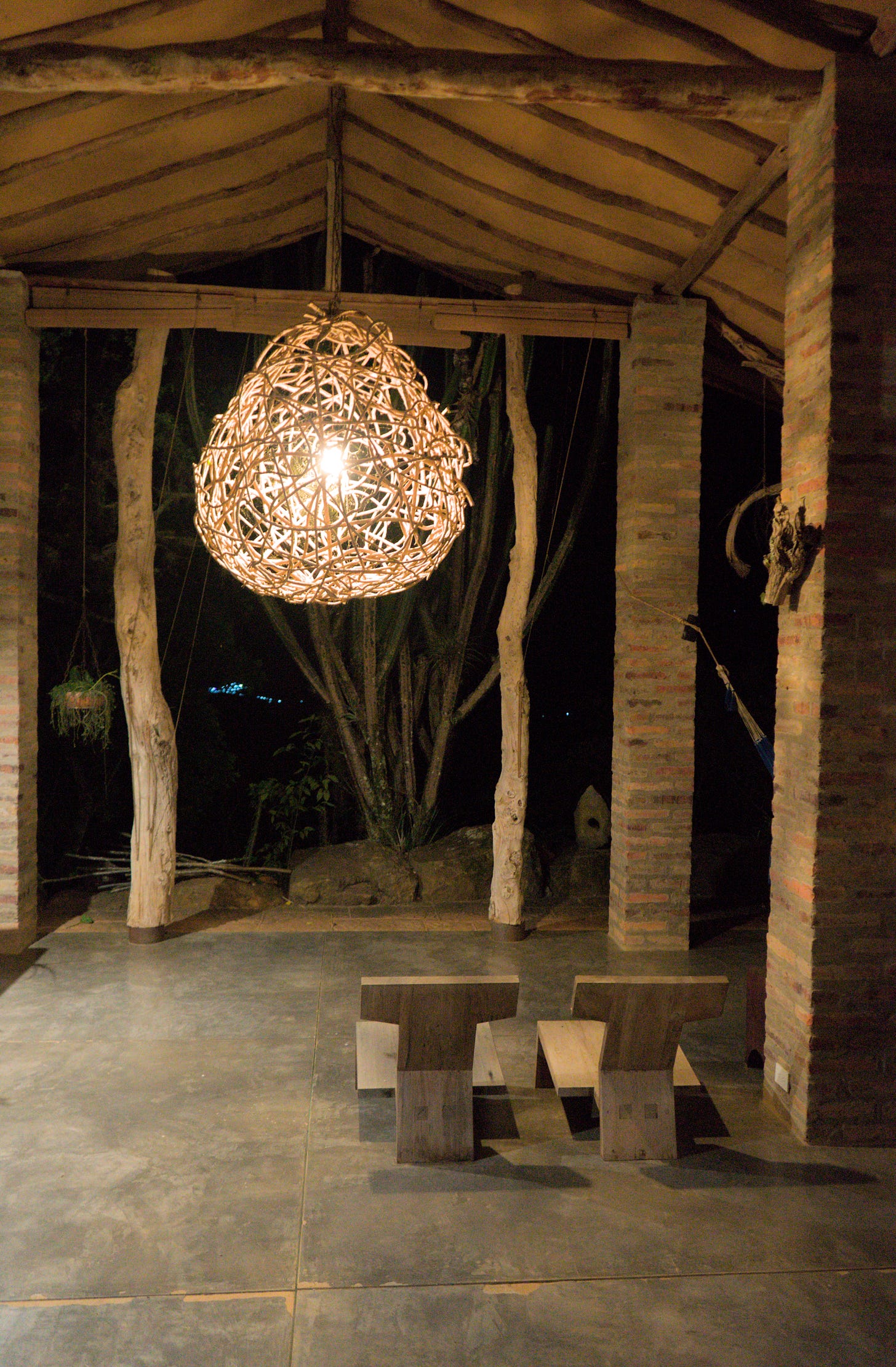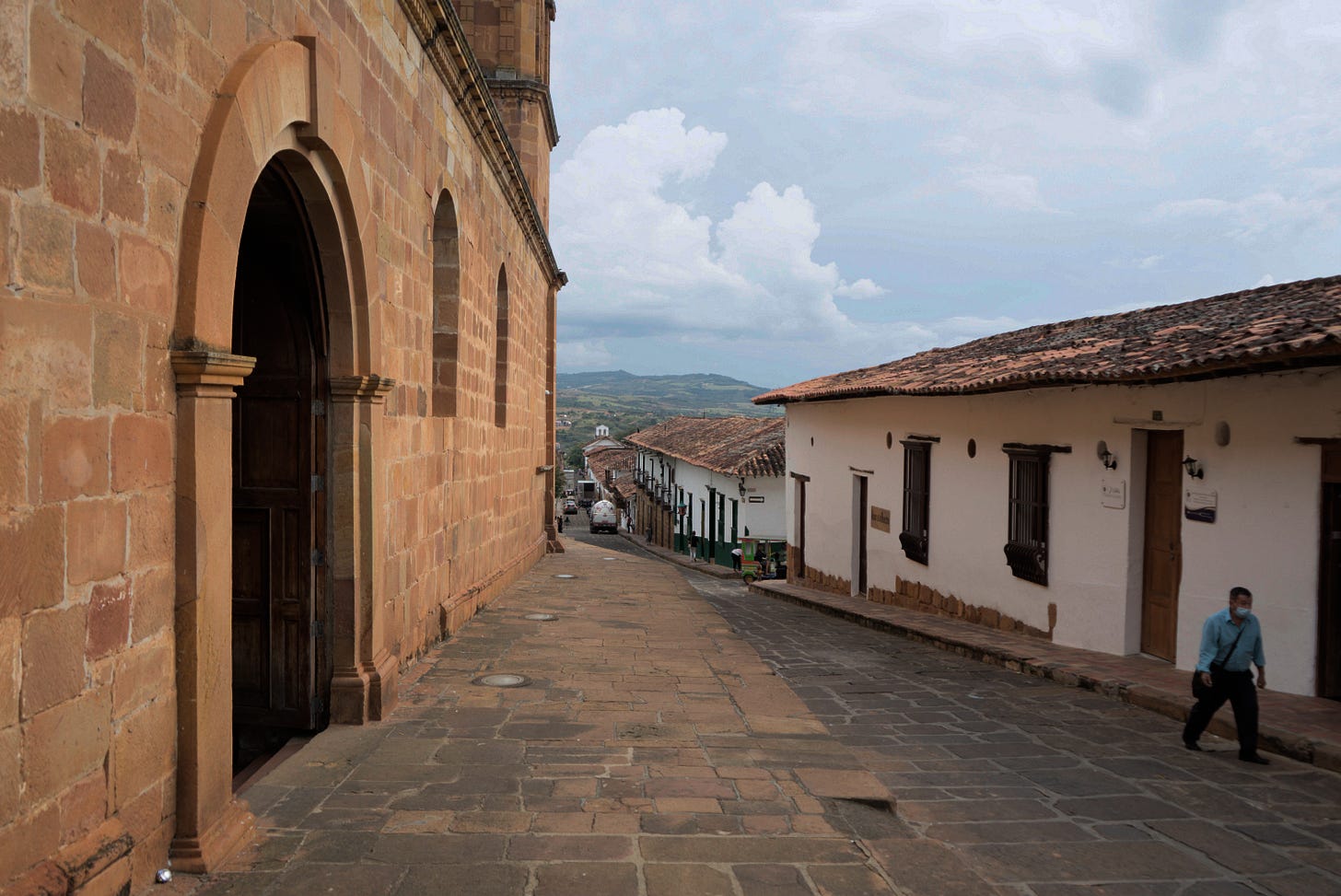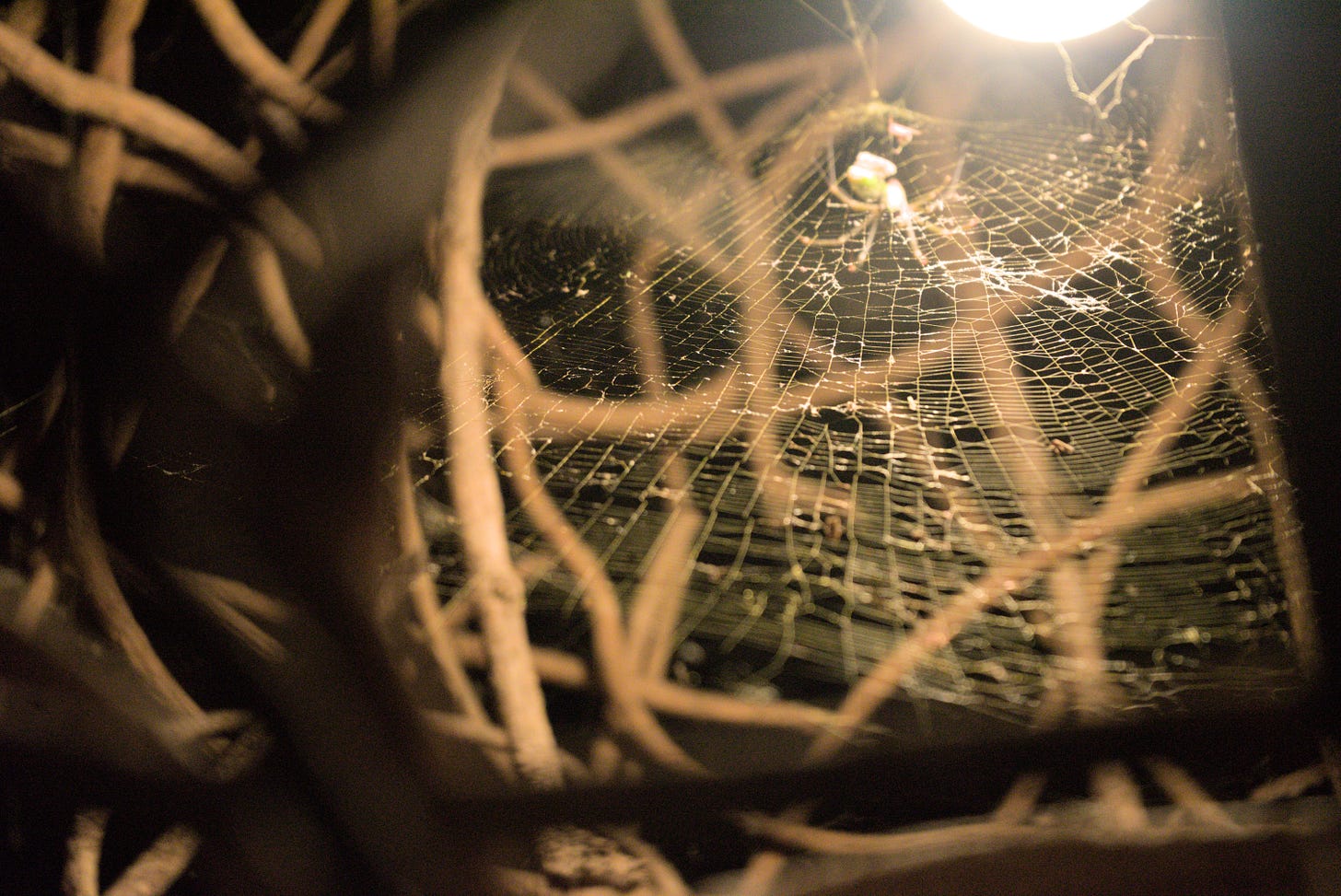Joep Arts: "A crisis is also an opportunity"
This interview is part of our “In Their Own Words” series. It has been translated and edited for clarity and readability - nothing else.
Barichara is one of Colombia’s best preserved colonial towns. But its beauty contrasts with its arid landscape, eroded by centuries of monoculture and ranching. Cycling there, we were struck by the drastic change in our surroundings: just 30 kilometers away, the valleys around the town of San Gil are lush and green. Now, Joep and his community are working to restore the land.
In his own words:
My name is Joep Arts. I'm from Holland. My wife, Julia, and I came to Colombia in 2006. We were on a journey and got to know several countries in South America and Asia, but we fell in love with Colombia.
I think it was mostly the connection with the people. It’s quite different culturally, but because of the hospitality of the people here, we felt a connection. We also felt a sense of pioneering. Colombia was just opening up to tourism, so we figured it might be an interesting place to just do something, something not possible in Holland. Although we didn’t know what.
We first lived in Medellín, then went to Bogotá. I was working for a travel agency, and they asked us to get to know more of the country - Barichara was the last village on this trip around the country.
What stood out was the authenticity—the traditional architecture, the materials used in the buildings, the streets. Barichara is a colonial town with red roof tiles, whitewashed walls, and local sandstone. The walls are often built using rammed earth or adobe blocks, so it's very sustainable and has a minimalist traditional feel.
My wife is an architect, and I’m an archaeologist. A lot of previous interests came together here in Barichara. The climate was also very pleasant, and the small community appealed to us. We thought, ‘Let’s give it a try.’
We lived in town for a while and started experimenting with stone sculpting. We created pieces of art from local rocks. We volunteered to plant trees. We got to know loads of people. It was the whole package - the nature, the tranquility, the climate, being out of the big city.
At first, we figured it would be nice to maybe buy a little house in town, but it was expensive so we started looking outside of town. And on one of our walks, we saw this piece of land with an old dilapidated farmhouse. We thought, ‘Interesting, maybe we could renovate this?’ That’s how it all began. It was a big learning journey.
We began exploring traditional and sustainable building techniques and worked with local people to renovate the house, exchanging ideas and adding a contemporary touch.

At the same time, we started learning about the natural environment. Because it’s so open here in Barichara and the boundary between the interior and exterior is very fluid.
Old colonial towns, like Barichara, they’re like 300 years old, so people have been exploiting the land for a long time. Cutting down forests and grazing cattle has made desertification worse.
If you go to the steeper places, where there are gullies or cliffs, that’s still abundant with trees because these places were more difficult to reach, less accessible for exploitation. That’s what everything should look like.
When we bought the finca,1 it was pretty eroded – so sad and barren. I look back at the pictures and think: “wow, what did we do? How did it occur to us to buy this place?”
So, inspired by our volunteer work, we thought, “Ok, we have to do something about this. We should start planting.”
We found a few second-hand books to learn more about the local species and the conditions in which they thrive. We started gardening around the house. Julia started collecting lots of seeds on her walks in the area, and we started a little nursery. We ventured into tree planting.
At first, our reforestation efforts were very conventional—just rows of trees. Every four meters, a tree. It works, but there’s a high mortality rate - a lot of them died, unfortunately. And they were like our little babies – it’s like having little kids, hundreds of them.

Then, during the pandemic, well, everything shut down...
Barichara relies heavily on tourism, and suddenly that stopped. Economically, it was a shock. So, we thought, ‘Let’s grow our own food.’ We started with a little veggie garden and expanded it. Then we asked, ‘How can we do this sustainably?’ That’s where permaculture techniques came in. It is a more natural way of planting – you put certain plants that go well together.
We also began doing syntropic agroforestry, which is a regenerative type of agriculture. So, for example, you plant the three sisters – squash, beans, and corn – three types of plants that grow together on different strata from the ground level to the highest level. These are pioneer species; they are very robust and can tolerate dry periods. You start with these three sisters and create more humidity and biomass, better conditions, and other, more complex species will grow and eventually take over.
So, it works through observation of how a forest develops naturally. We just plant as much as possible at once... and see what comes up.
With these techniques, you can speed up ecological restoration, but you can also grow all kinds of food. Indigenous peoples have been doing it forever.
Now, we have all types of food in a very small space because you can have things on the bottom, middle, and top level. And the soils are getting better, the ecosystem more complex and resilient.
It came partly out of necessity—we could still buy food, but we were also thinking ahead. How long would this pandemic last? Could this happen again? We wanted to build resilience for ourselves and the community.
The community also responded. People came together to adapt.

People here have a lot of knowledge of plants, medicinal properties, and all kinds of stuff. It’s very valuable. But, at the same time, they have lost a lot of their knowledge to conventional farming practices. They have become more dependent on the agro-industry and its pesticides, herbicides, and synthetic fertilizers.
That’s unfortunate because soil generally gets worse if you become dependent on these agro-chemicals. We’ve heard from people in town that it's harder and harder to make farming viable financially.
That’s what’s nice about regenerative practices – the soil improves over time and fast, if you know what you’re doing. And, in Barichara, there is an active regenerative community starting to develop: people take part in workshops to learn and exchange seeds, cuttings, and ideas.
Barichara now has maybe 50 people working in organic farming, education, and regenerative practices. It’s inspiring. And there’s interest from the local agricultural community – they’ve seen results and participated in workshops. The hope is that this spreads across the region.
Despite challenges, I feel positive. Working with nature and building community creates a deeper connection to the land and each other. For me, it’s empowering and meaningful to have a positive impact and share what we’ve learned. It’s not hopeless—at least not on a local scale.
Barichara’s community is special. People here bring unique skills, from organization to education to technical expertise. Together, we’re creating resilience and proving that change is possible.
A crisis is also an opportunity... that’s what it feels like to me.
Let us know what you think!
Finca - a countryside property, usually with land for farming, cattle, or leisure. In this case a former tobacco plantation.







Wauww
Beautiful story!